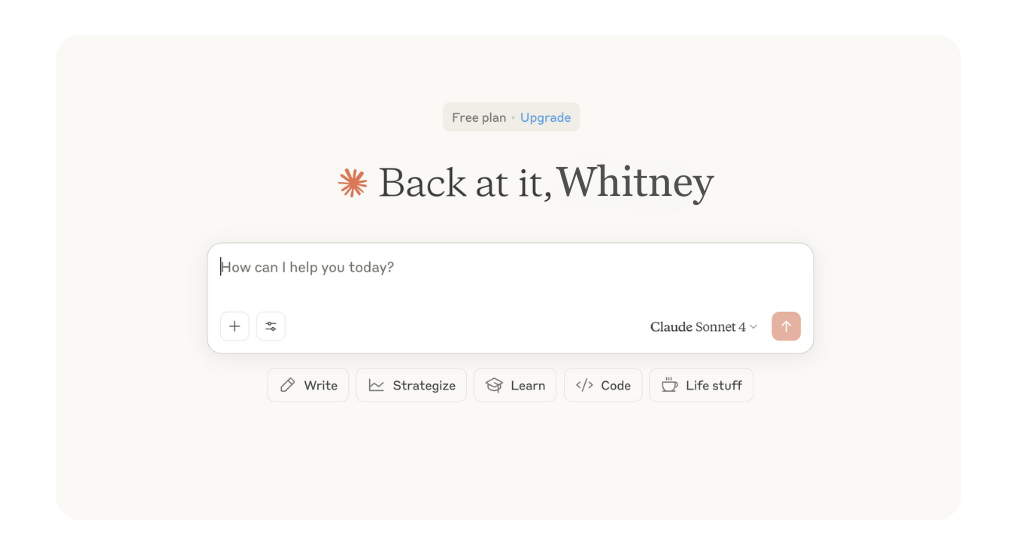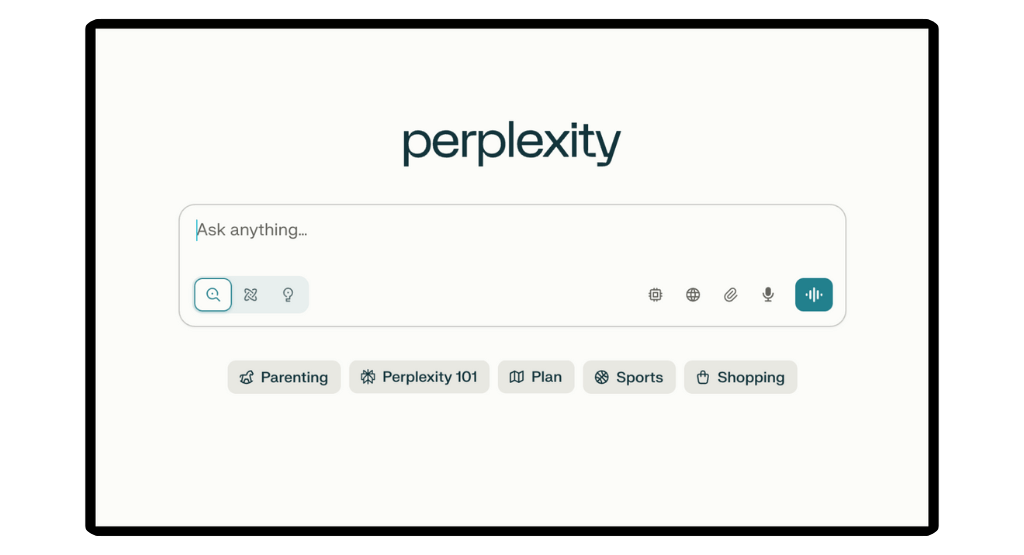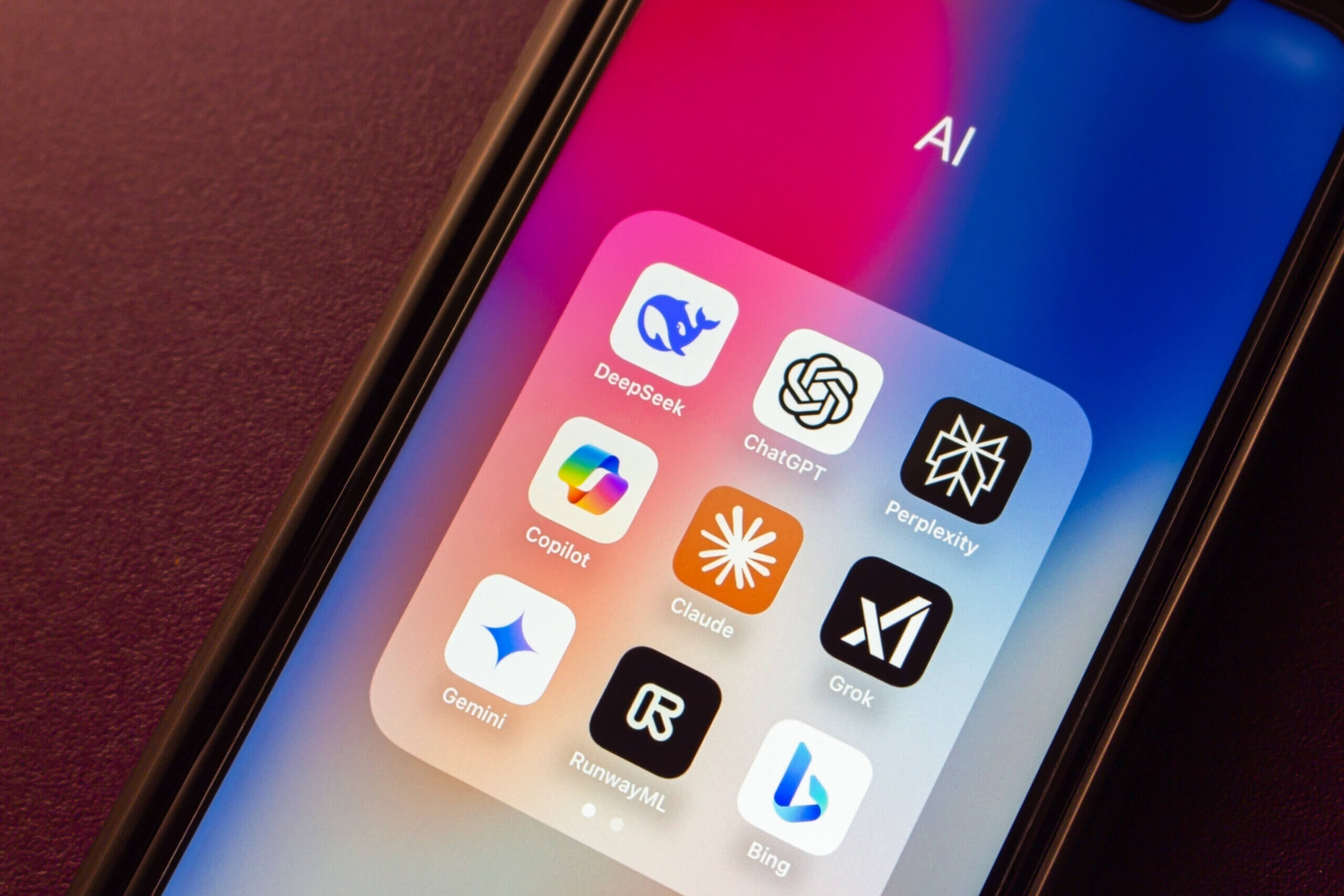We’re entering a phase of AI adoption that demands more from us than curiosity. It demands discernment. The average person interacts with generative AI as a monolith: one chatbot, one window, one answer. But those of us who spend our days navigating information asymmetries, building strategies, and protecting reputations know better. Different models do different things well—and choosing the right one is not just a matter of preference, but of precision.
I use ChatGPT, Claude, Perplexity, and Grok every week. But I don’t use them interchangeably. Each offers distinct affordances, and knowing when (and why) to lean into one over another is part of the intellectual rigor we owe this moment.
ChatGPT: A Research Assistant for the Information Overloaded
ChatGPT, particularly GPT-4o, is fast, broad, and deeply capable of answering “what’s going on here?” I use it like a research assistant trained on the world’s archives—with the caveat that, like any assistant, it can hallucinate if overconfident. When I need a quick synthesis of trends, policy changes, or industry shifts – or even just a reminder on that actor’s name from that movie I can’t remember –it’s a powerful tool. But it’s not the final word, and for critical topics it’s always necessary to fact check the sources and double check the conclusions it provides.

Claude: The Writer’s (and Coder’s) AI
While I use Claude primarily for writing, it’s worth noting that it’s also widely used for coding—one of its strongest applications. It’s been selected as the exclusive LLM for the U.S. government and is already integrated into academic institutions like the London School of Economics and Northeastern University. That kind of institutional trust says a lot.
In contrast to platforms like Perplexity, which are optimized for speed and brevity, Claude is slower but more reflective—ideal when I’m trying to shape language, test logic, or refine strategy.

Grok: For Crypto, Web3, and the Unfiltered Feed
For anything in the crypto or Web3 space, I turn to Grok. It’s built to integrate the real-time energy of Twitter (now X), which remains the most vibrant, chaotic, and useful feed for blockchain ecosystems. Grok understands the shorthand, the memes, the community dynamics that traditional LLMs aren’t allowed to access on X. If Claude is the philosopher and ChatGPT the analyst, Grok is the (scarily accurate) gossip columnist for decentralized systems.
Need a pulse check on Solana’s validator debates or a breakdown of the EigenLayer staking model? Grok gives it to you with the edge intact—buzz, backlash, and all. Its proximity to the crypto community is so tight that even parody profiles like “Gork” have sparked real token launches on Solana, fueled entirely by speculation on X.
While I use Grok specific to crypto, web3, fintech, and finance, I have friends who rely on Grok as their day-to-day AI assistant and analyst. Its more conversational tone reflects its unique training data, which can be more approachable for those wary of LLMs. And for those seeking “DIY” style research, whether that’s how to tune a car or source the latest reviews of a popular television show, X posts add a valuable layer that can’t be replicated through any other LLM to date.

Perplexity: For Comparison Shopping and the News Feed
Perplexity is my go-to for product research and quick answers. The shopping interface mirrors Google’s, but I can “talk” to it—asking for recommendations based on my specific use case and requirements, instead of scrolling through comparison tables and trying to decipher product specifications.
Additionally, its news feed is excellent and has replaced my scrolling of the Apple News feed. In particular, I like how it suggests follow-up queries based on what I’m reading. It turns headlines into prompts, which makes it a surprisingly effective learning and research tool.

Why This Matters: Choosing the Right Tool Is an Act of Judgment
The question I’m asked most often is some version of: “Aren’t we just outsourcing our thinking to AI?”
For the intellectually lazy, yes.
But that’s not the world I want to live in and it’s not the world strategic decision-makers can afford to operate in.
AI is not a replacement for critical thinking. It’s a prompt for it. Choosing the right model for the right task requires as much judgment as interpreting the output.
This is why I treat Claude, ChatGPT, Perplexity, and Grok differently. Claude helps me refine ideas and test language. ChatGPT helps me surface patterns across industries and synthesize complex shifts. Grok helps me understand where narratives are forming—before they become headlines. Perplexity helps me make shopping decisions effectively, and stay up date on the latest news headlines. None of these tools think for me. But they help me think better.
Final Thought: AI Doesn’t Replace Human Judgment. It Raises the Bar for It.
We need to stop treating AI as magic and start treating it as infrastructure. And like any infrastructure, it’s only as strong as the intent behind it.
This moment isn’t just about mastering new tools—it’s about understanding what they’re good at, what they’re not, and where human judgment has to lead. Choosing the right model is the first layer of discernment. Knowing when not to use one? That’s the deeper skill. And in my view, it’s also the future of strategic leadership.
Want to see how we help brands make smarter choices with AI? Get in touch with the Avenue Z team to discuss AI strategy, optimization, and responsible deployment.
Optimize Your Brand’s Visibility in AI Search
Millions turn to AI platforms daily to discover and decide. Make sure they find your brand.






